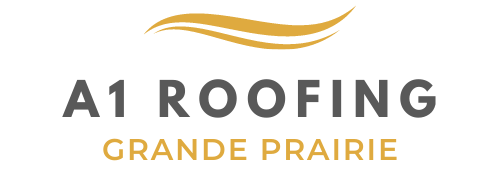Blog
Round Roof: Installing and Replacing
Let's discuss ways to enhance your home's style! A conical or curved roof is an intriguing architectural aspect to your house, adding an element of historical authenticity to older houses and also a polished, smooth appearance to the latest designs. But they have the potential for challenges. A curved roof installation requires the right skills and experience, so you'll need to select an installer who is experienced in this kind of job. Additionally, you'll have to be cautious when choosing the roofing materials you choose. Some roofing products are superior to others. Here's what you should be mindful of when you're thinking about the replacement or addition of a curving area to the roof.
Different Types of Rounded Roofs
There are as many roof designs as are plans for houses; however, rounded shapes on roofs tend to be categorized into a handful of varieties.
There are curving roofs that are typically seen on older houses. They are quite complex roof styles. They require special techniques to construct and are therefore costly to build or repair, as well as shingle. But, builders of the past were drawn to them as it was simpler to bend branches used for thatched roofs into curving and round forms.
Another way to see curves on a roof is by adding an elongated turret. The Victorians were particularly drawn to the turret, and they are often seen across Queen Anne in the form of turreted gables or towers.
In the context of gabled roofs, the eyebrow dormer--a small, curving outcrop placed over an arched or elliptical window--makes the third kind of rounded surface you can see on the roof. They are not common; however, they can provide a distinct aesthetic appeal to gabled roofs.
Sometimes, the valleys of a roof--the places that join two roof planes--may be rounded too. This is a skillful method that provides the roof with an even, smooth appearance when the tiles or shingles move across the roof.
In general, the greater the area of the curving portion of the roof, the greater knowledge is required to build it. A beginner roofer may be able to manage the curved valley, for example; however, the turret requires more expertise.
You May Be Limited on Materials
Curved roofs are typically best with shingles or tiles, which can be adjusted to fit within the curving plane. Therefore, it is not possible to install metal roofing panels, like corrugated steel metal roofing, on your roof. The majority of the time, curved metal roofs are regarded as to be highly custom-made products made exclusively by commercial roofers who specialize in luxury real estate. If you're interested in the appearance or the quality of the metallic, it is possible to have the same characteristics by using copper or tin shingles. They will fit the curves of your rounded roof.
There are certain products that are particularly suitable for roofs with rounded edges. For instance, many homeowners opt for barrel tiles to cover roofing designs with curving architectural elements. You've probably seen them on homes with a southwestern style. They're semi-circular and are typically made from terra cotta clay roofing or formed tiles of concrete. Their round shape is ideal for covering roofs with curving surfaces.
You Need a Special Curved Roof Professional
Curved surfaces make roofing work more difficult for roofers. The roofer doesn't just require more expertise and experience to construct curved roofs and put down the tiles or shingles to make sure there are no obvious gaps, but curved roofs are also not able to be walked on as the roofer could with a flat or pitched roof. This can put workers in more danger, or your roofer might need to make use of special equipment to reach the shingles at the uppermost part of your roof.
This is why certain roofing companies could reject jobs with an inclined roof, particularly in the event that the roof is round. Also, the roofer isn't able to put tiles or shingles over the roof. This is a typical practice to ensure that roofing workers aren't forced to climb up and down ladders throughout the day. Therefore, you may be paying more for labor, too.




